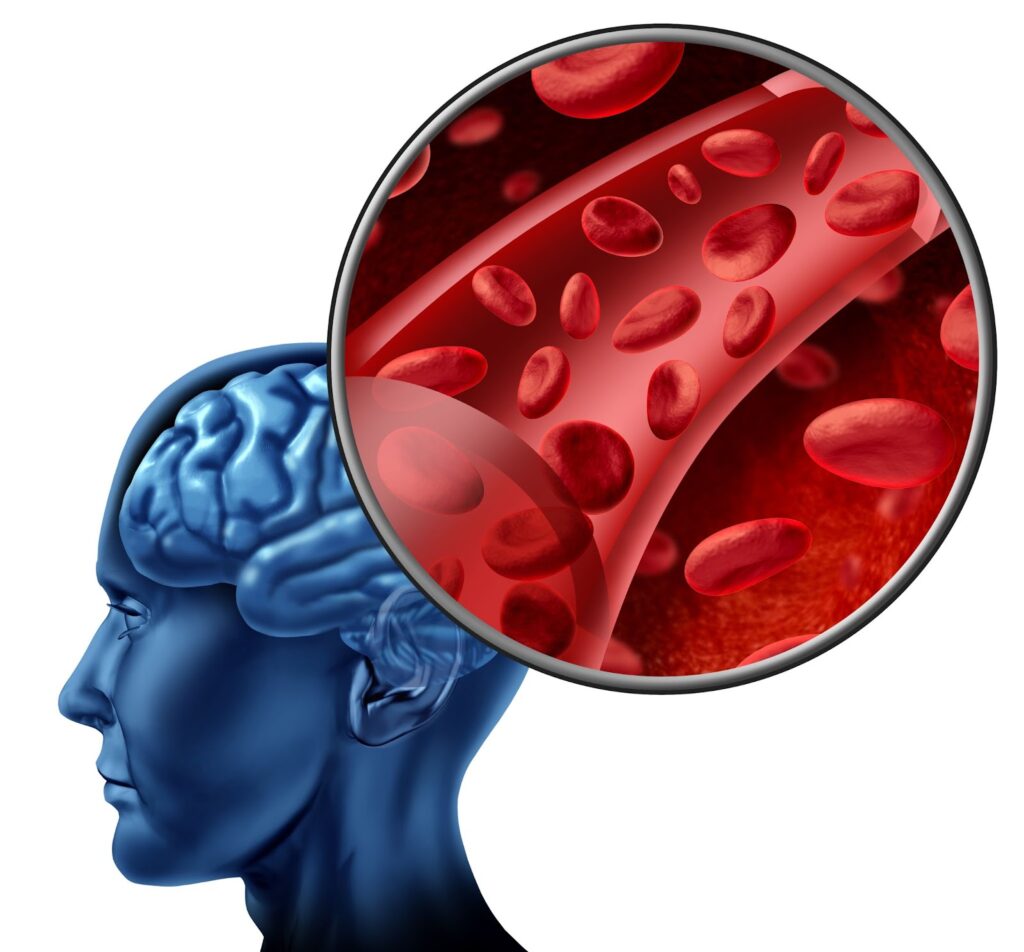
Numerous diagnostic imaging methods are currently capable of identifying and evaluating perfusion changes in the brain including PET/CT, Perfusion CT, Perfusion MRI, and SPECT following a traumatic brain injury.
Persistent symptoms after traumatic brain injury are possibly related to structural and/or metabolic alterations in the brain when conventional neuroimaging studies are normal. Advanced neuroimaging techniques are able to improve diagnosis and outcome prediction following head injury.
Non-uniform cerebral perfusion has been identified in patients with a variety of brain injuries including head trauma. Reduced cerebral blood flow has been demonstrated following head trauma with improvement in cerebral blood flow correlating with clinical recovery suggesting a potential prognostic indication for cerebral blood flow as a biomarker.
